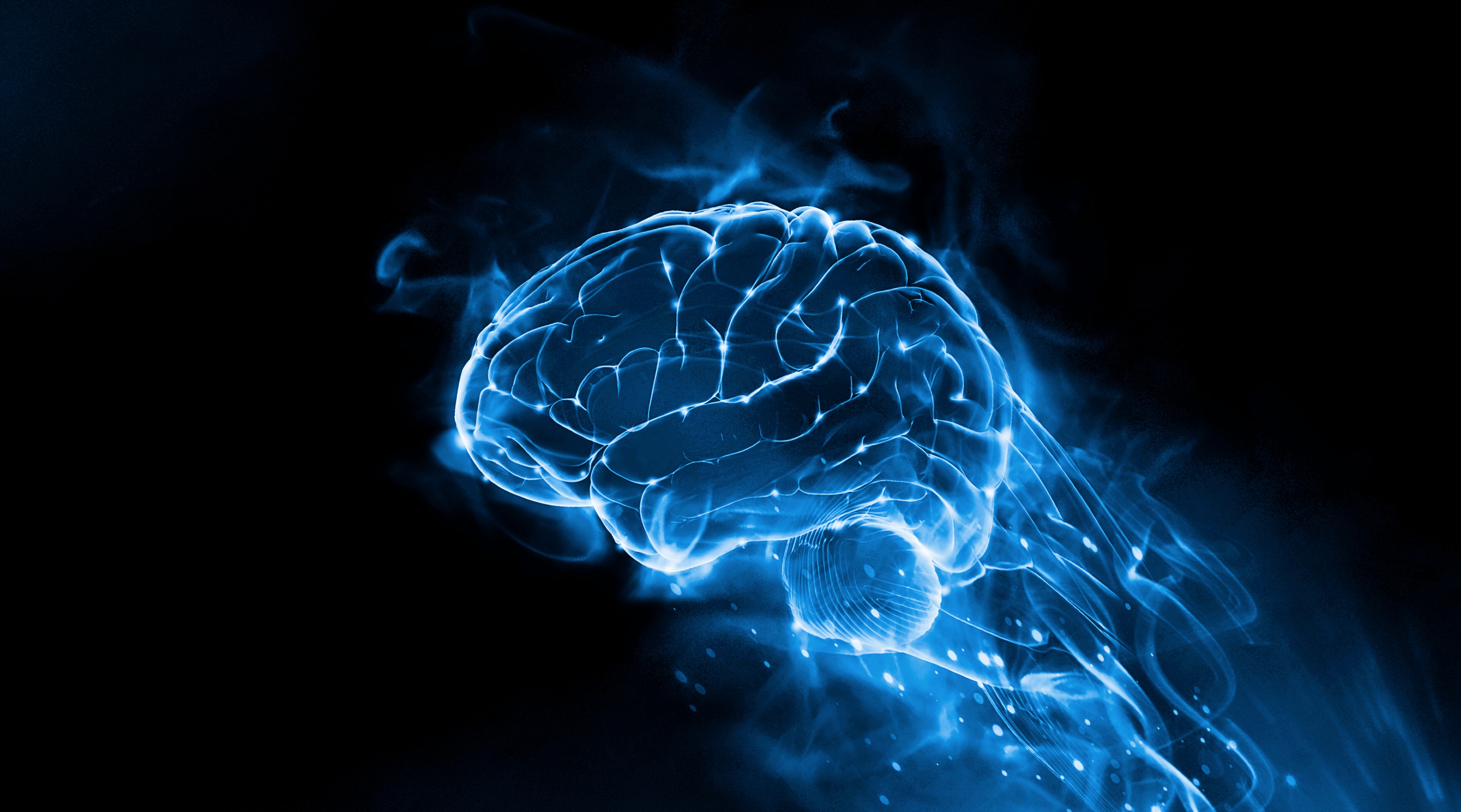Worry Warts
“Scrambled connections between the part of the brain that processes fear and emotion and other brain regions could be the hallmark of a common anxiety disorder, according to a new study from the Stanford University School of Medicine. The findings could help researchers identify biological differences between types of anxiety disorders as well as such disorders as depression. The study, which will be published Dec. 7 in the Archives of General Psychiatry, examined the brains of people with generalized anxiety disorder, or GAD, a psychiatric condition in which patients spend their days in a haze of worry over everyday concerns. Researchers have known that the amygdala, a pair of almond-sized bundles of nerve fibers in the middle of the brain that help process emotion, memory and fear, are involved in anxiety disorders like GAD. But the Stanford study is the first to peer close enough to detect neural pathways going to and from subsections of this tiny brain region.”




